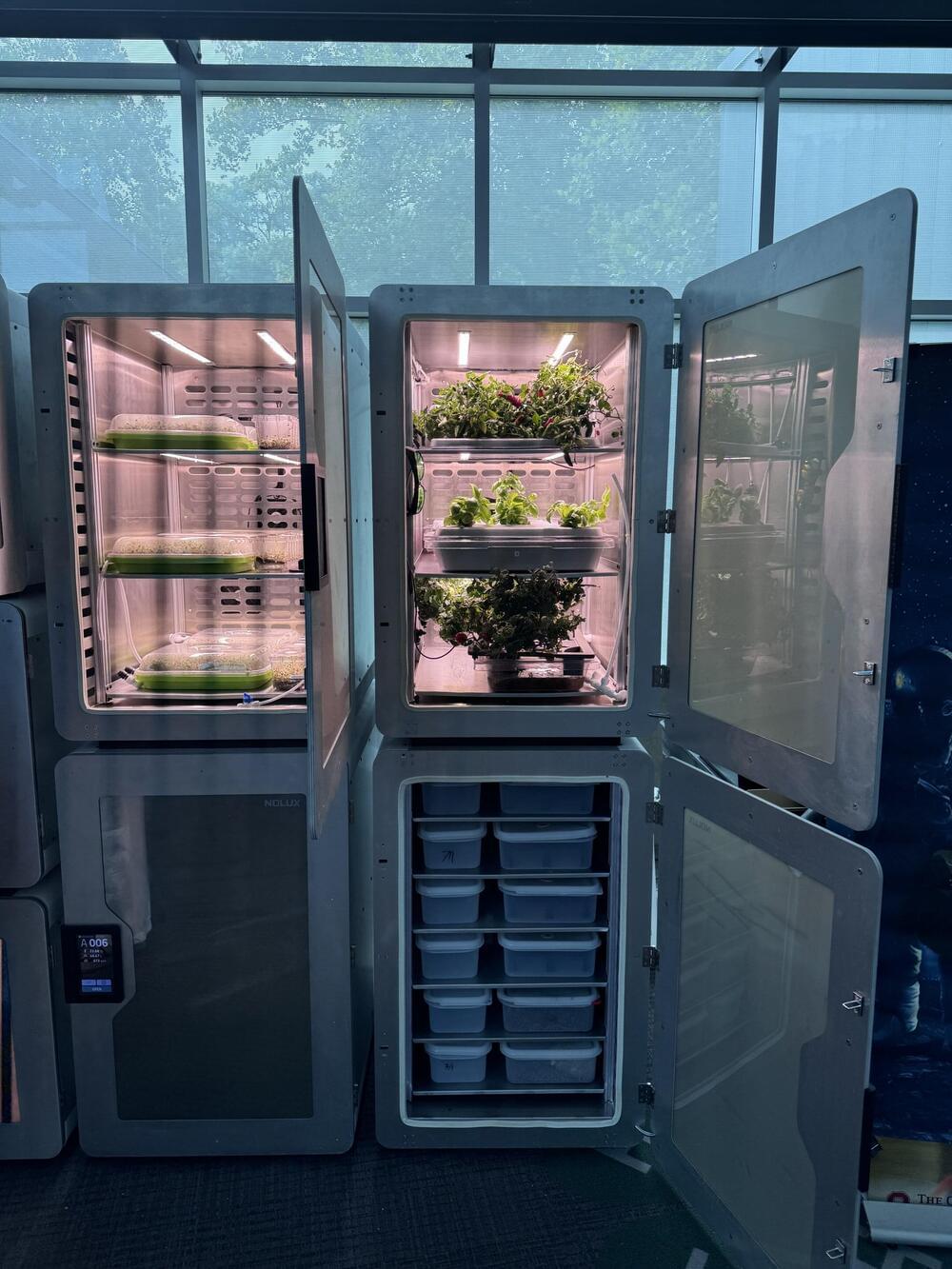
The acetate would then be used to feed plants that are grown hydroponically. The method could also be used to grow other food-producing organisms, since acetate is naturally used by mushrooms, yeast, and algae.
“The whole point of this new process to try to boost the efficiency of photosynthesis,” says senior author Feng Jiao, an electrochemist at Washington University in St. Louis. “Right now, we are at about 4% efficiency, which is already four times higher than for photosynthesis, and because everything is more efficient with this method, the CO2 footprint associated with the production of food becomes much smaller.”
To genetically engineer acetate-eating plants, the researchers are taking advantage of a metabolic pathway that germinating plants use to break down food stored in their seeds. This pathway is switched off once plants become capable of photosynthesis, but switching it back on would enable them to use acetate as a source of energy and carbon.


















